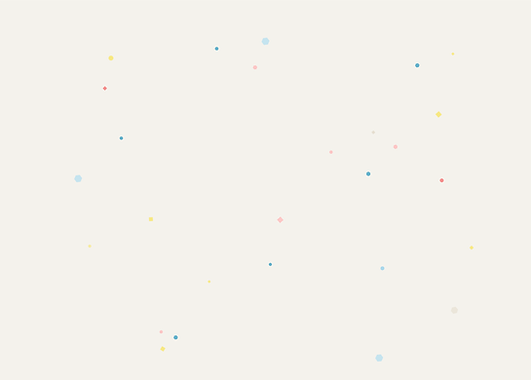

About
Children's literature can be traced to stories and songs, part of a wider oral tradition, that adults shared with children before publishing existed. The development of early children's literature, before printing was invented, is difficult to trace. Even after printing became widespread, many classic "children's" tales were originally created for adults and later adapted for a younger audience. Since the 15th century, a large quantity of literature, often with a moral or religious message, has been aimed specifically at children. The late nineteenth and early twentieth centuries became known as the "Golden Age of Children's Literature" as this period included the publication of many books acknowledged today as classics.
There is no single or widely used definition of children's literature.It can be broadly defined as anything that children read or more specifically defined as fiction, non-fiction, poetry, or drama intended for and used by children and young people.One writer on children's literature defines it as "all books written for children, excluding works such as comic books, joke books, cartoon books, and non-fiction works that are not intended to be read from front to back, such as dictionaries, encyclopedias, and other reference materials".However, others would argue that comics should also be included: "Children's Literature studies has traditionally treated comics fitfully and superficially despite the importance of comics as a global phenomenon associated with children".







